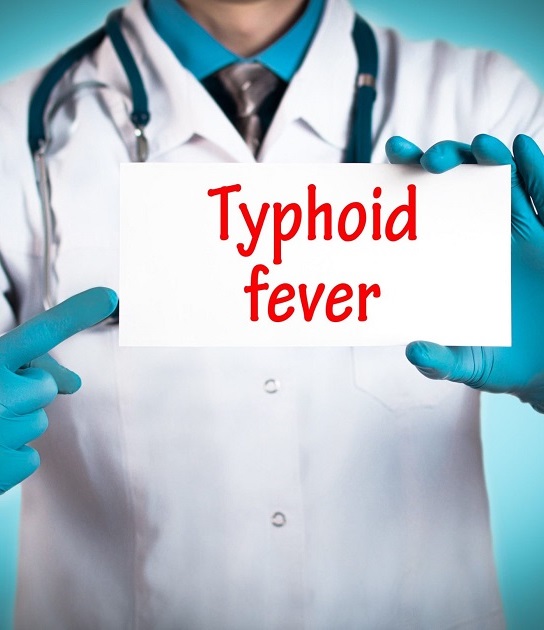Introduction
Typhoid fever is a serious infectious disease caused by the bacterium Salmonella enterica serotype Typhi. It is predominantly found in regions with poor sanitation and limited access to clean water. Understanding the disease is crucial for effective prevention and treatment.
Causes
Typhoid fever is primarily transmitted through the ingestion of food or water contaminated with Salmonella Typhi. It can also spread through direct contact with an infected person. The bacteria enter the body, multiply in the intestines, and then spread to the bloodstream.
Symptoms
Symptoms of typhoid fever usually develop 1-3 weeks after exposure and include:
- Prolonged high fever
- Weakness and fatigue
- Abdominal pain
- Headache
- Loss of appetite
- Diarrhea or constipation
- Rash (rose spots) on the abdomen or chest
If left untreated, typhoid fever can lead to severe complications such as intestinal bleeding, perforation, and systemic infections.
Diagnosis and Treatment
Typhoid fever is diagnosed through blood, stool, or urine tests that detect the presence of Salmonella Typhi. Common diagnostic methods include blood cultures and the Widal test.
Treatment involves antibiotics such as ciprofloxacin, azithromycin, and ceftriaxone. Hydration and supportive care are also crucial for recovery. Prompt treatment significantly reduces the risk of complications and the duration of the illness.
Prevention
Preventing typhoid fever involves several key strategies:
- Vaccination: Typhoid vaccines provide effective protection and are recommended for travelers to endemic areas.
- Sanitation: Ensuring access to clean water, proper sewage disposal, and good hygiene practices are critical.
- Food Safety: Avoiding raw or undercooked foods, drinking only bottled or boiled water, and practicing good hand hygiene can reduce the risk of infection.
- Public Health Initiatives: Education and awareness campaigns, improved sanitation infrastructure, and access to healthcare are essential for controlling the spread of typhoid fever.
Conclusion
Typhoid fever remains a significant public health concern in many parts of the world. Effective prevention, timely diagnosis, and appropriate treatment are crucial to managing and reducing the impact of this disease. Public awareness and international collaboration are key to tackling the challenges posed by typhoid fever and improving global health outcomes.
